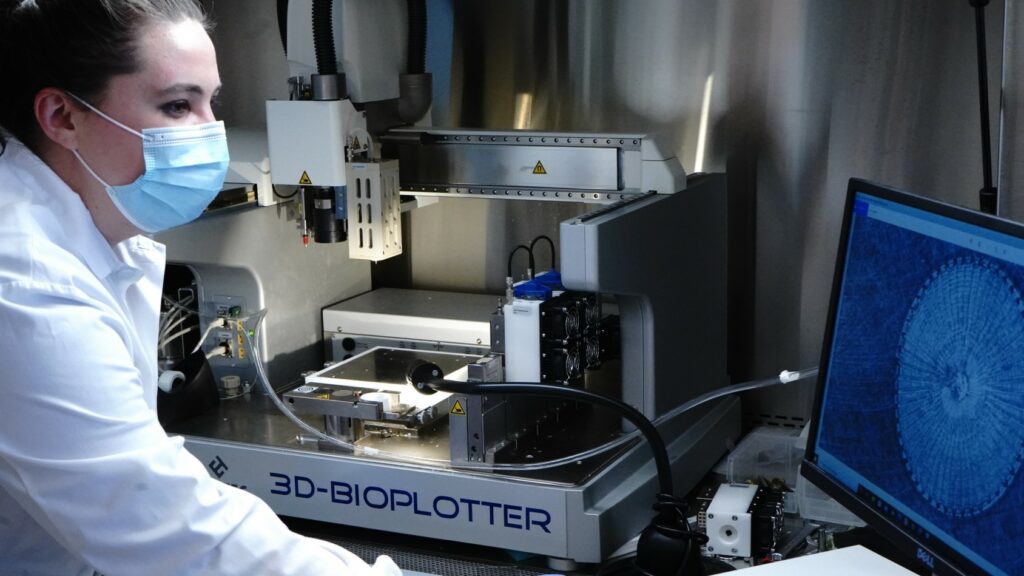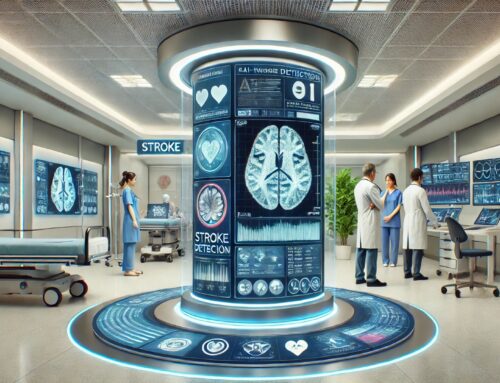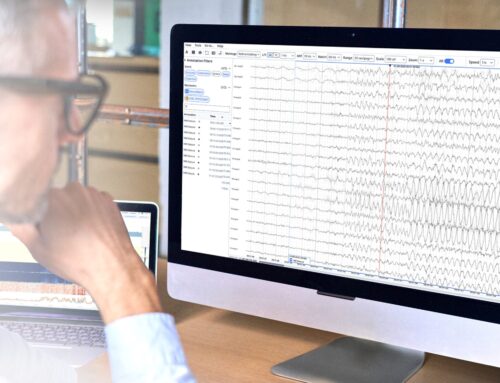
Desktop Health, a healthcare business within Desktop Metal, Inc. committed to developing 3D printing and biofabrication solutions for personalized medicine, today announced an acquisition that adds the PhonoGraft™ platform to its technology portfolio, with potential to support the body’s functional and morphological regeneration of the tympanic membrane. This biofabrication technology may also offer a promising pathway for soft tissue regeneration for a wide range of healthcare applications.
The PhonoGraft technology was initially developed by researchers at the Wyss Institute for Biologically Inspired Engineering at Harvard University, Harvard John A. Paulson School of Engineering and Applied Sciences (SEAS), and Mass Eye and Ear in Boston (Mass Eye and Ear is a member of Mass General Brigham). Harvard’s Office of Technology Development has granted Desktop Metal an exclusive license to commercialize the platform.
“We believe that this platform may one day offer a groundbreaking solution to the millions of patients impacted by tympanic membrane perforation (TMP),” said Michael Jafar, President and CEO of Desktop Health. “PhonoGraft material technology, coupled with our leading biofabrication capabilities, has tremendous potential across a wide range of healthcare applications in soft tissue – from cardiovascular and neuronal grafts to plastic surgery. Today’s announcement marks the beginning of our journey to advance personalized medicine.”
The PhonoGraft technology is being studied for possible use in an implantable device for repairing damaged eardrums, with a programmable biodegradable 3D printed graft that has the potential to be minimally invasive and offer patients decreased procedure times and improved healing and hearing outcomes.
“I’m delighted for the members of my lab at Harvard and our collaborators at Mass Eye and Ear who jointly developed this innovative technology, and who successfully applied their entrepreneurial drive to demonstrate its potential. In addition to TMP relief, this advanced graft technology could pave the way for a multitude of healthcare products in the fields of cardiac, vascular, and plastic surgery,” said Jennifer Lewis, ScD, who is a Core Faculty member at the Wyss Institute, a Hansjorg Wyss Professor of Biologically Inspired Engineering, and a Jianming Yu Professor of Arts and Sciences at Harvard SEAS.
Pioneering Breakthrough in 3D Printing Biomimicry
The concept for the PhonoGraft device arose after the 2013 Boston Marathon bombings, when many individuals sustained eardrum perforations due to the blast injury. Nicole Black, PhD, then a doctoral student in Lewis’ Harvard lab, recognized an opportunity to explore ways in which 3D printing might be used to improve outcomes following eardrum reconstruction. Lewis and her research group, in collaboration with ear surgeons Dr. Aaron Remenschneider and Dr. Elliott Kozin from Mass Eye and Ear, assembled a multidisciplinary team of material scientists and otolaryngologists.
“One of the most prevalent injuries of the Boston Marathon bombing was perforated eardrums,” said Dr. Remenschneider. “This is also common in military personnel after blast injury and in children and adults with ear infections. Surgical repair of the eardrum is unfortunately necessary for many patients to restore hearing and create a ‘safe’ ear.”
Six years of research and development, with an infusion of focused translational funding from the Wyss Institute, led to the creation and preclinical de-risking of the PhonoGraft material and device platform. Black became an entrepreneurial champion for the technology; she and several colleagues founded a startup, Beacon Bio, to advance the technology into commercial development. Beacon Bio has now been acquired by Desktop Metal.
The PhonoGraft device is a biomimetic graft that has the potential to enable high-quality and long-lasting eardrum reconstruction. Partnering with surgeons to develop the technology and understand critical features, such as the acoustic and mechanical properties of the graft material, has been important in its development, Black said.
“This device, which is manufactured from a biodegradable elastomer in the form of customizable biomimetic circular and radial scaffolds, is intended to function like the native eardrum. Preliminary bench studies show that the PhonoGraft device not only closed the eardrum perforation; it supported the body’s regeneration of the complex eardrum structure,” said Black, who has joined Desktop Health as the Vice President of Biomaterials and Innovation. “Such graft architectures benefit from the use of 3D printing and permit the eardrum to transmit both low- and high-frequency sound waves.”
The PhonoGraft platform has been validated in preclinical studies in animal models. These studies have shown that as the eardrum heals, native cells and blood vessels grow into the biocompatible PhonoGraft material. Since the graft material is biodegradable, it is expected to be replaced by native tissue over time.
“This technology has potential to ‘intelligently’ support the regeneration of soft tissues in other areas of the body,” said Black.
PhonoGraft technology is in advanced-stage research and development, and currently not available for sale anywhere in the world. Black and her team at Desktop Health intend to conduct additional preclinical studies and pursue FDA review.
About Desktop Health
Based in Newport Beach, California, Desktop Health develops additive manufacturing solutions and advanced materials for personalized patient care. Founded in March 2021 as a healthcare business within Desktop Metal, Inc. (NYSE: DM), the business is vertically integrated to develop, manufacture, and commercialize applications across a range of healthcare specialties. Desktop Health is rapidly focused on developing applications and uncovering opportunities to leverage its bio-printing capabilities within healthcare. For more information on Desktop Health, visit www.desktophealth.com.
About Desktop Metal, Inc.
Desktop Metal, Inc., based in Burlington, Massachusetts, is accelerating the transformation of manufacturing with an expansive portfolio of 3D printing solutions, from rapid prototyping to mass production. Founded in 2015 by leaders in advanced manufacturing, metallurgy, and robotics, the company is addressing the unmet challenges of speed, cost, and quality to make additive manufacturing an essential tool for engineers and manufacturers around the world. Desktop Metal was selected as one of the world’s 30 most promising Technology Pioneers by the World Economic Forum and named to MIT Technology Review’s list of 50 Smartest Companies. For more information, visit www.desktopmetal.com.













